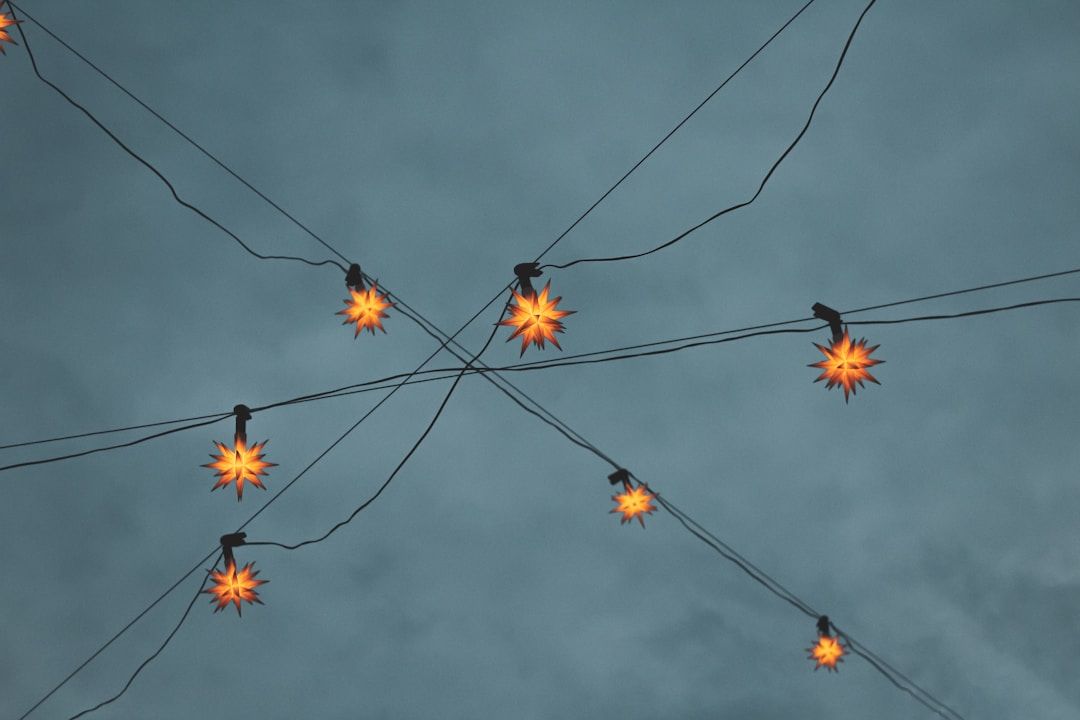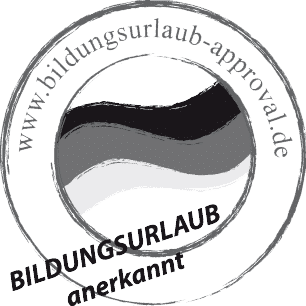Visible thinking routines - what are they and how can you use them in class? Inspired by a talk by Alex Warren at IATEFL Brighton 2024, Jessica Marshall looks at ways to get learners to make their thinking more 'visible'.
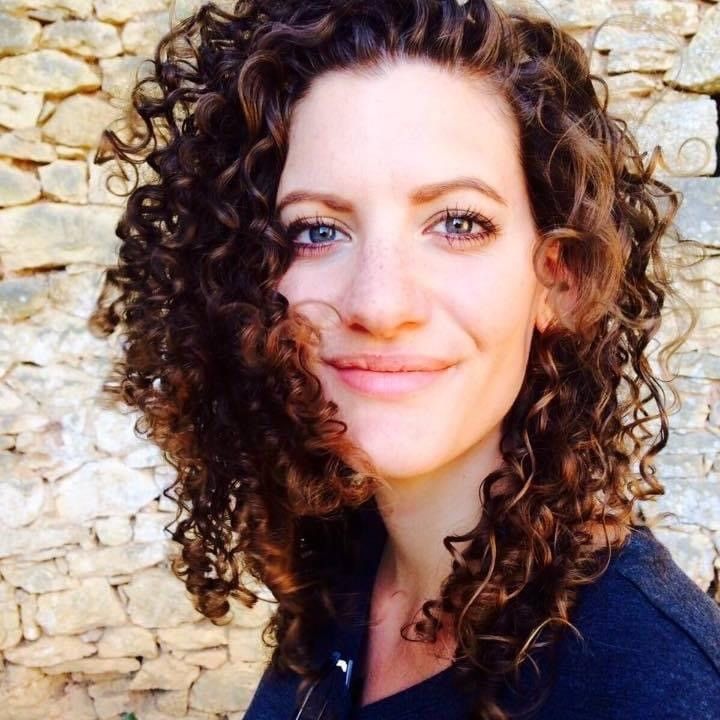
The content of this post is based on and inspired by the talk, ‘Visible Thinking Routines in the EAP Classroom’ at IATEFL Brighton 2024 by Alex Warren, who is a Senior Academic Consultant at National Geographic.
'Thinking routines' are patterns, procedures and processes which are used to achieve specific goals or tasks. Classrooms have a lot of these - some help to manage student behaviour and communication and some help to structure the learning that happens. Bringing these routines to light and making them visible has multiple benefits, including helping to expand on and develop learners' thinking skills and their content learning. For more on this, have a look at the Harvard website here: https://pz.harvard.edu/thinking-routines.
'Thinking routines' are patterns, procedures and processes which are used to achieve specific goals or tasks. Classrooms have a lot of these - some help to manage student behaviour and communication and some help to structure the learning that happens. Bringing these routines to light and making them visible has multiple benefits, including helping to expand on and develop learners' thinking skills and their content learning. For more on this, have a look at the Harvard website here: https://pz.harvard.edu/thinking-routines.
The ‘routines’ described below provide simple, low-preparation ideas for promoting communication, motivation and engagement. Whilst the talk centres around the EAP classroom, you will see that these activities can be adapted for any classroom, be it General English, Exams or EAP. I’ve taken a few of the ‘routines’ and demonstrated how they could be used with images in your classrooms, just as Alex Warren did in his talk.
I see..... I think.... I wonder....
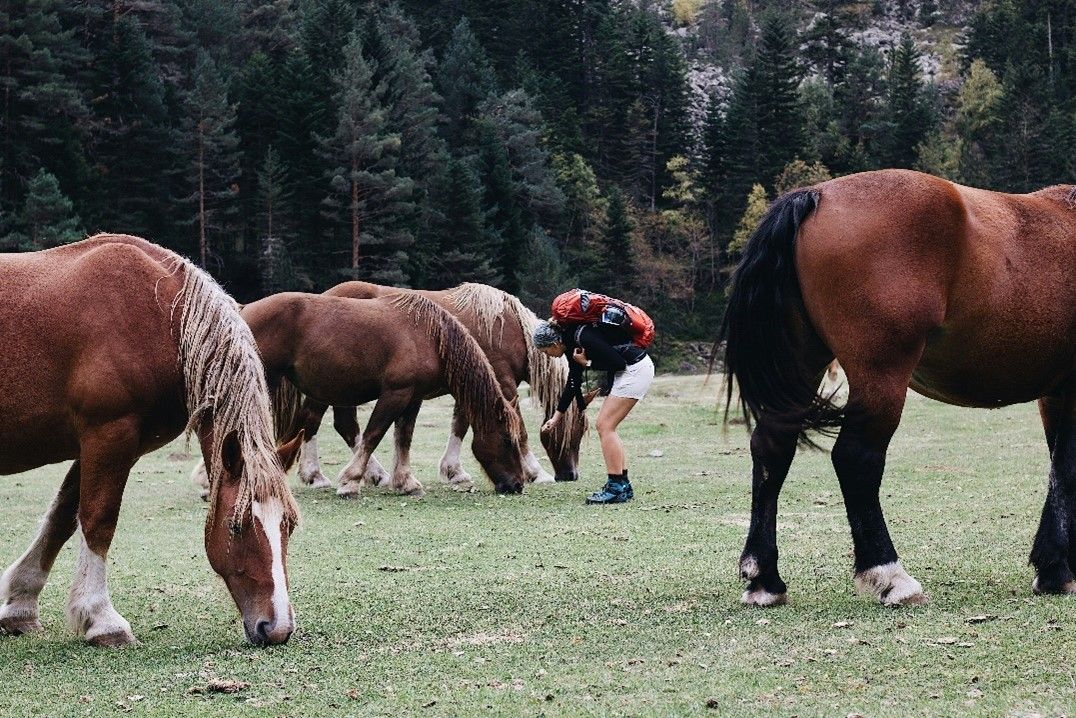
SEE > THINK > WE > ME
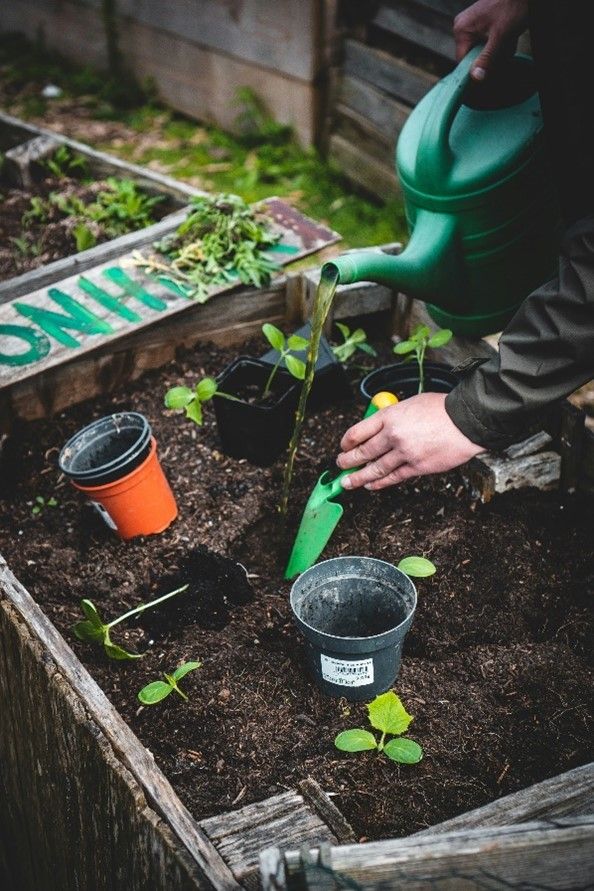
SEE – I can see pots, soil, raised beds, a watering can, seedlings, etc.
THINK – I think it’s either somebody’s garden or maybe an allotment, based on the makeshift nature of the beds, I guess they’re trying to grow their own food.
ME – I’ve got a balcony and I’ve been trying to grow some tomatoes, and I’ve recently got a lot more into gardening than I ever thought I would…
WE – It makes me think about sustainability, about environmental issues, how people should be growing more of their own food to limit the damage we’re doing to the planet.
SAME > DIFFERENT > CONNECT > ENGAGE
This is another great ‘routine’ that encourages empathetic perspective taking, and encourages students to make connection between themselves and others.
SAME – In what ways might this person and you be similar?
DIFFERENT – In what ways might the person and you be different?
CONNECT – In what ways might the person and you be connected as human beings?
ENGAGE – What would you like to ask, say or do with the person if you had the chance?
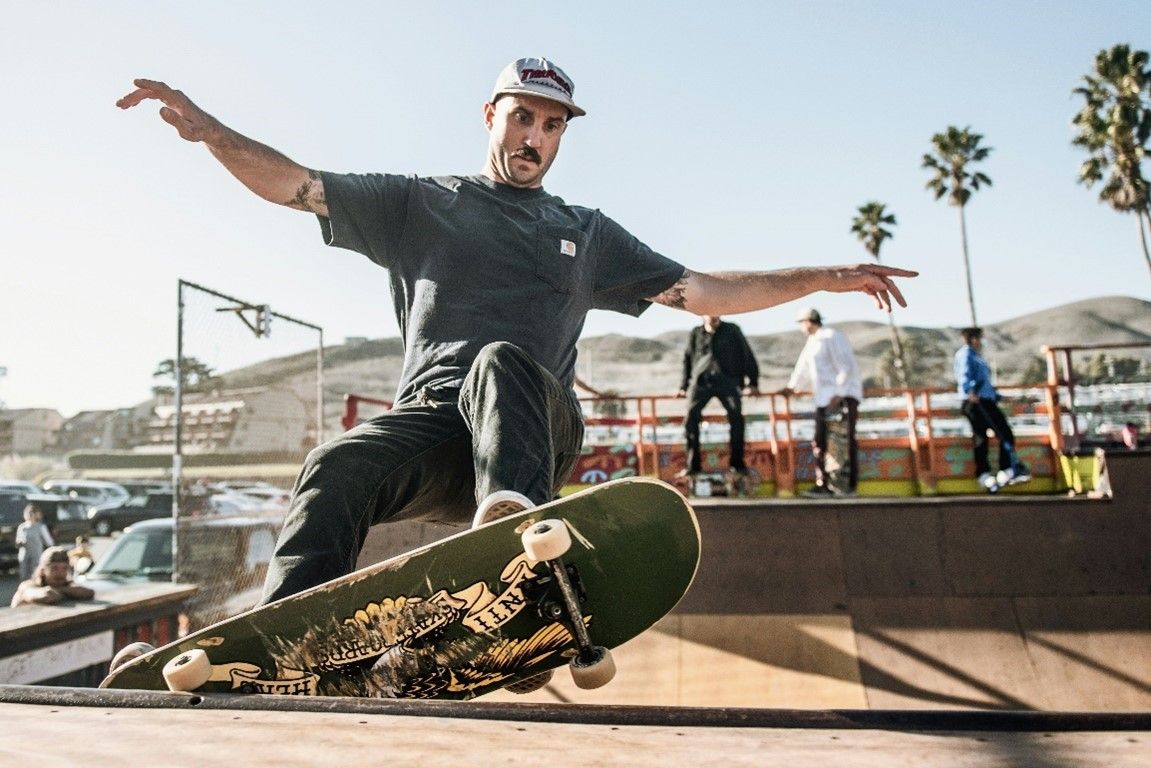
Want to write or record a blog for the teacher portal?
Please get in touch with Ri about it!
email: teacherportal@ihlondon.com
message @Ri to start the conversation

